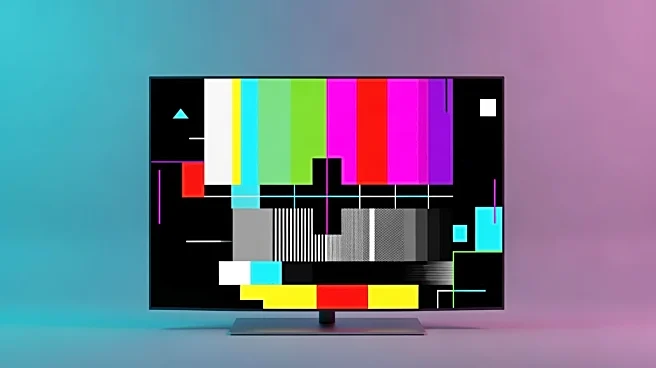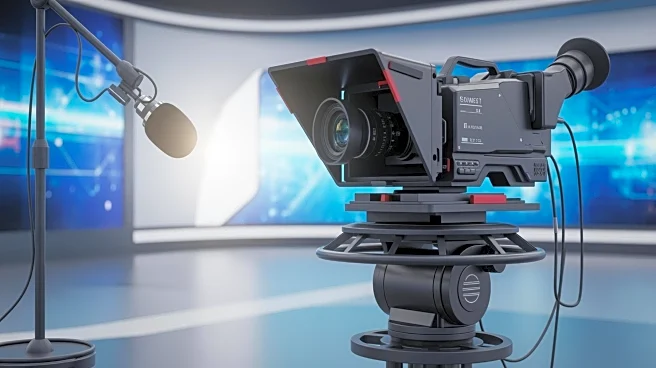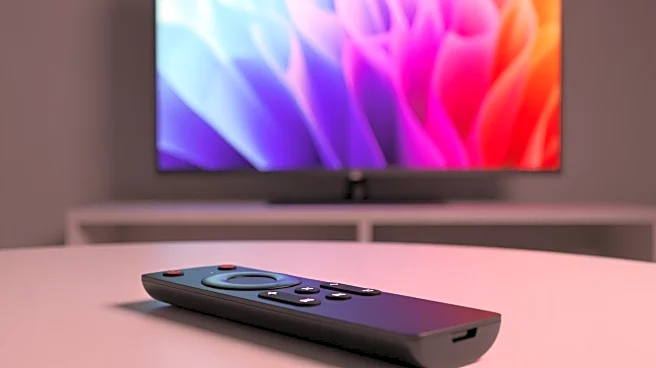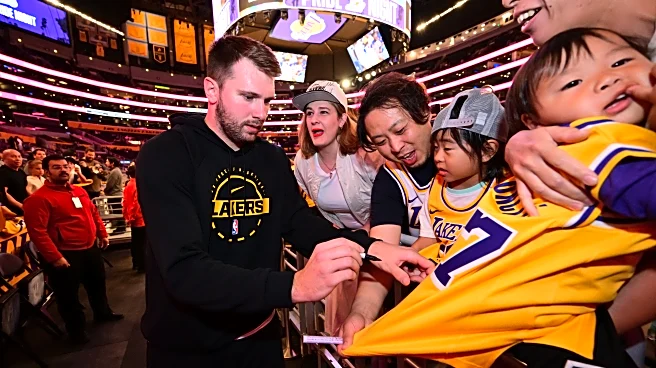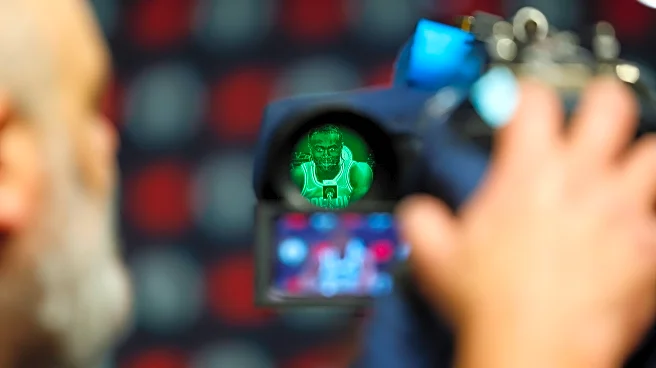What's Happening?
Disney has issued a warning that its channels, including ABC and ESPN, may go dark on YouTube TV due to ongoing contract negotiations. The current agreement between Disney and YouTube TV is set to expire
on October 30, and if a new deal is not reached, subscribers could lose access to popular channels such as KABC-TV Channel 7 in Los Angeles and other ABC affiliates nationwide. Disney has accused YouTube TV of exploiting its market position, while YouTube TV claims Disney is demanding costly terms that would increase prices for subscribers. This dispute follows similar tensions with other networks, including Fox and NBCUniversal, which were resolved without a blackout.
Why It's Important?
The potential blackout of Disney channels on YouTube TV could significantly impact subscribers who rely on these channels for sports and entertainment content. With the NFL, college football, and NBA seasons underway, losing access to ESPN and ABC could disrupt viewing for sports fans. Additionally, popular shows and newscasts on ABC could be affected, impacting viewers' access to entertainment and news. The dispute highlights the growing tensions between traditional media companies and tech giants over distribution agreements, which could lead to higher costs for consumers and changes in how content is accessed.
What's Next?
If Disney and YouTube TV fail to reach an agreement by the October 30 deadline, Disney channels may go dark on the platform. YouTube TV has stated it will offer a $20 credit to customers if the channels remain unavailable for an extended period. The outcome of these negotiations could set a precedent for future agreements between tech platforms and media companies, potentially influencing pricing and availability of content across streaming services. Stakeholders, including subscribers and competing streaming services, will be closely monitoring the situation.
Beyond the Headlines
The dispute between Disney and YouTube TV underscores the shifting dynamics in the media industry, where tech companies are increasingly challenging traditional broadcasters. As streaming services continue to grow, the balance of power in content distribution is changing, with tech platforms leveraging their subscriber bases to negotiate terms. This could lead to further consolidation in the industry and impact the diversity of content available to consumers.


